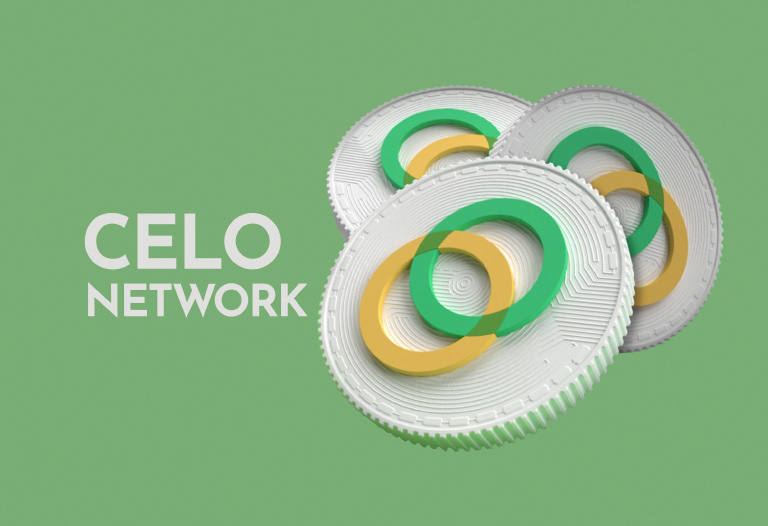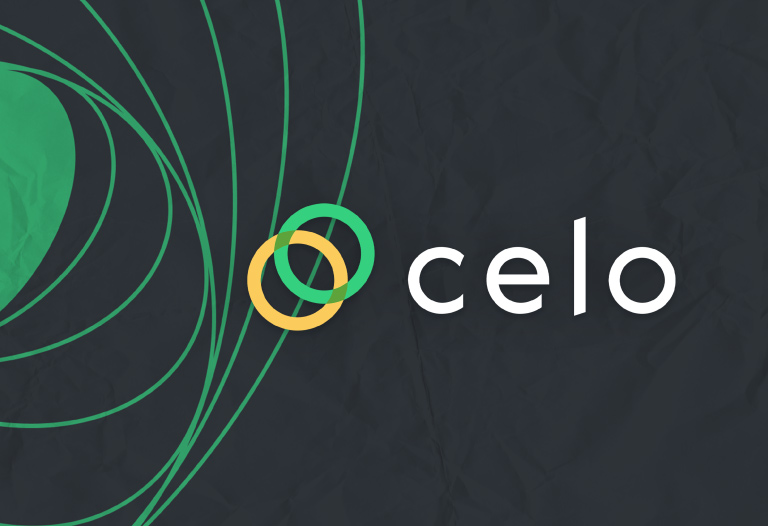
Table of Contents
ToggleDo you know what Celo Network is? Celo is a platform that works as a global payment infrastructure for cryptocurrencies. This platform seeks to target mobile users. Therefore, the goal of this network focuses on making financial activity accessible to anyone globally due to its ability for payments to be sent to and from any phone number in the world.
Celo Network not only focuses on basic payments, but can also support the development of decentralized applications (dApps) on its blockchain. So far, these Apps include one in particular that allows any user to contribute to a community’s universal basic income scheme, as well as a crowdfunding platform for social causes.
To make all this possible, Celo Network has two native tokens. These are CELO, which is a governance asset for voting on changes to the protocol, and Celo Dollars (cUSD), which is a stablecoin whose value is pegged to the value of the US dollar.
History of Celo Network
This network began its trajectory in 2017. Its founders are René Reinsberg and Marek Olszewski. Both were executives at the web hosting company known as GoDaddy, along with Sep Kamvar and Marek Olszewski. Marek is a well-known MIT professor and Google executive.
Between 2018 and 2020, Celo managed to raise over $46.5 million through an ICO of approximately 120 million CELO tokens between private and public token sales. Notable investors include venture capital firms a16z Crypto, General Catalyst and Social Capital.

How does Celo Network work?
In order to achieve a correct operation of the platform, the Celo network relies on three partners. These are the Light Clients, which are Celo network applications that run on users’ mobile devices. An example would be the Celo mobile wallet. Other collaborators are the validator nodes. These are computers that participate in the network’s consensus mechanism. They are in charge of validating transactions and produce new blocks. And finally we find the full nodes. Full nodes are computers that function as a bridge between the validator nodes and the mobile wallets. Their operation is based on receiving requests from light clients and forwarding the transactions to the validating nodes.
Solutions
Celo Network is attempting to solve a number of problems, including improving the widespread adoption of cryptocurrencies as a means of payment. According to its developers, one of the setbacks impeding this progress is the lack of intuitive and decentralized public key infrastructures. They seek to ensure that users do not necessarily have to know the public key of the person they are sending a transaction to. Instead, they are looking for the user to be able to send and receive cryptocurrencies through an email or phone number.
To achieve this, the network uses what we call address-based encryption. This is a variant of identity-based encryption. Its operation is based on users generating their own pair of private and public keys in the traditional way. The generated keys are stored in a fully decentralized database. This operation enables two important features for the social payment use case.
The first feature is that a user can send Celo coins to a friend using (as Bitnovo APP also does) only their phone number as the public key (this allows for easy payments to contacts) and the second feature is that a user can send Celo coins to a friend without the need for the friend to have downloaded a Celo wallet.
Another point that characterizes Celo Network is the use of a distributed scheme. In such a scheme the network is open to all users without the need for permissions. This means that any user can join the network as a validator, and validators can leave and rejoin the network whenever they wish.
In the network each validator has a complete copy of the pending attestation queue and the certified user database. To carry out each attestation request, validators are randomly selected to handle the attestation.
Unverified, verified and validating users
The network differentiates between certified users and non-certified users, as each can perform certain operations. Non-certified users can request verification of a public key associated with their address by transmitting their hash, address or public key to the pending verification queue. Once the user has been verified they can revoke any public key associated with their address, change any public key associated with their address or add a new public key.
On the other hand, there are validating users. These users can compete against other validators to win the right to write a block and send a secret message to addresses in the pending verification queue. In addition, if they win, they will be able to validate the signed responses of the previous block’s verifications.
In addition to verified users, unverified users and validators, anyone, whether a user or not on the network can search for a public key for a given hash or transaction, since they have access to the user database.
Reputation system
Celo Network has a system in place to encourage good faith among users. Once there is a decentralized mapping of phone numbers to public keys, it can be used to initiate a reputation system that helps users determine the trustworthiness of new users with whom they can transact.
This system works like a mobile contact list where we can find people with a certain level of trust. A user can rate people in their contact list in an application-specific way, or vouch for whether a contact in their address book is a person or not. In addition, they can give implicit signals for example, if a user makes a payment to someone in their contact list.
Trust tokens do not necessarily have to be shared, as they can be kept locally, on the user’s mobile, without sharing them with anyone else.

What are CELO and cUSD?
An important part of this project is cUSD. cUSD brings efficiency and transparency to the network’s transactions while helping to decrease asset volatility. The network automatically ensures that the value of each cUSD is tied to the value of the US dollar. This is achieved through what is known as a programmatic reserve. This is an over-collateralized reserve composed of CELO and other cryptocurrencies, such as Bitcoin (BTC) or Ethereum (ETH). This operation allows cUSD to be sold for an equivalent value of CELO, and vice versa.
On the other hand, we find CELO. This is the platform’s native token. Celo created this token to incentivize network participants by using it as rewards. It also has other functions, as it plans to allow CELO holders to propose and vote on the creation of stablecoins that reflect the value of other national currencies, such as the euro or the yen.








